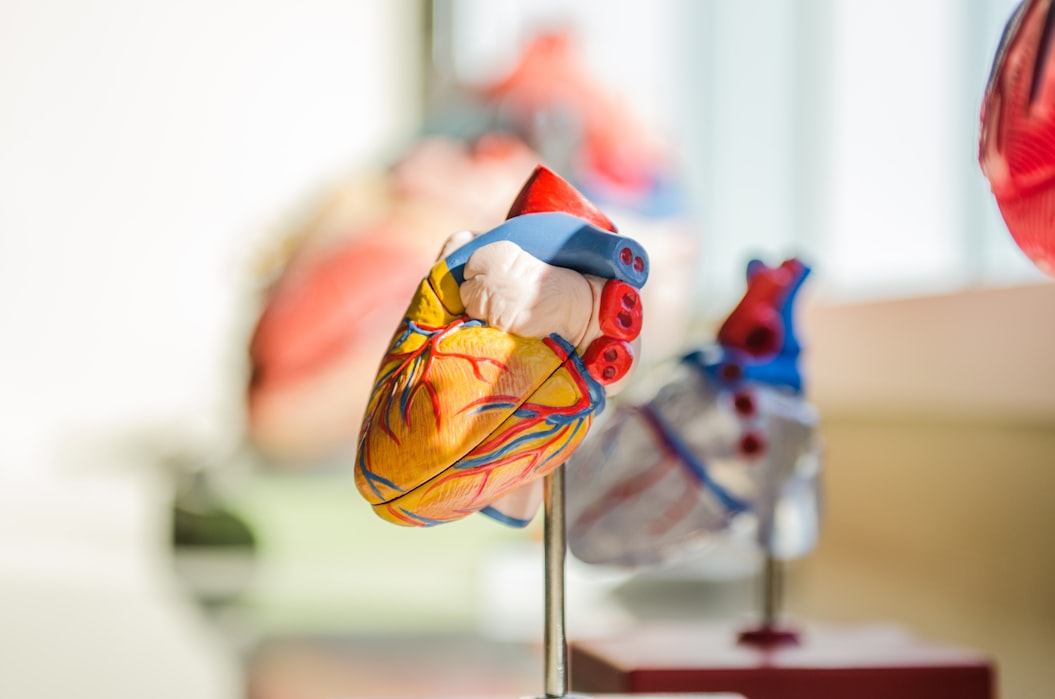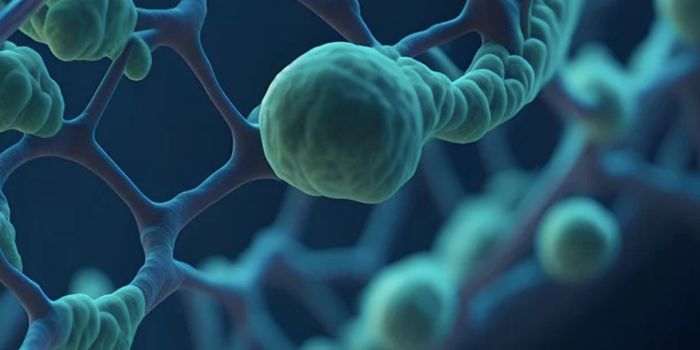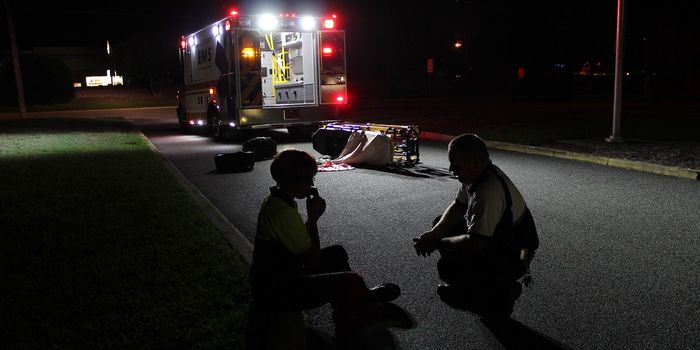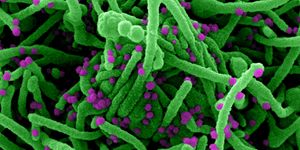A Change of Heart
For a long time cardiovascular issues related to the heart muscular wall have been addressed by therapeutics that targeted the symptoms of the disease rather than the structure and function of the cardiac muscle wall. Now, the first time, a medication has shown effects on targeting heart muscle thickness and function—particularly for the condition of HCM (hypertrophic cardiomyopathy).
"This is the first study to show a favorable impact of a medication on cardiac structure and function in any form of hypertrophic cardiomyopathy," says Sara Saberi, M.D., an assistant professor of internal medicine and a cardiologist at the Michigan Medicine Frankel Cardiovascular Center.
Learn more about HCM:
Current options for HCM involves making patients feel better or ‘treating the symptoms’ rather than the structural heart abnormalities. Although a rare disease, there is still a need for effective therapeutics.
"There's a huge void. HCM is a chronic progressive disease that still does not have a cure," Saberi says.
Findings were published in Circulation which address the underlying causes of HCM involving a motor protein and the examined drug ‘mavacamten’.
“The medication works by blocking a protein called myosin from interacting too much with other motor proteins, which then allows the heart muscle to squeeze and relax more normally,” Saberi explains. "It's the first class of medications that actually targets the underlying pathophysiology of HCM."
Specifically, the study measured mass reduction in the heart of participants.
"Cardiac MRI has such incredible visual and spatial resolution that you can accurately examine the heart's mass, volume, ejection fraction, or how well the blood is pumping, and fibrosis, which is the scar burden in the heart muscle," Saberi says.
"It's also encouraging that we don't see a worsening in fibrosis along with the normalization in ejection fraction," she says. Patients originally had a very high ejection fraction, but after treatment it moved into the normal range.
Source: Science Daily









